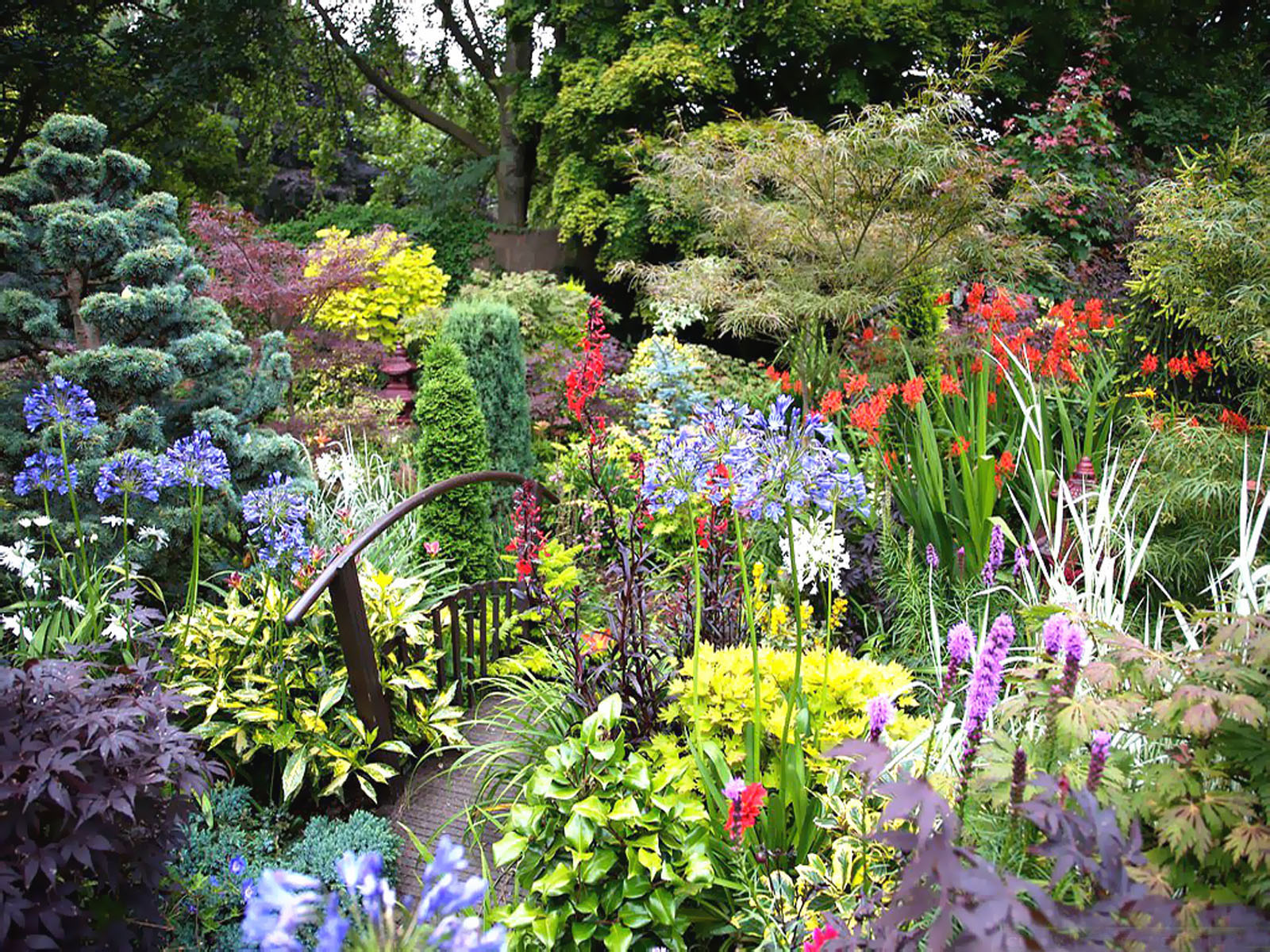
In-ground community garden Drawbacks of in-ground type gardens Unfortunately, the benefits of in-ground gardens can stop there if care is not taken to create a thriving growing environment. You’re able to use the natural soil in the ground rather than having to buy soil and then rebuild a natural growing environment. You don’t have to build a structure, you just have to dig up the existing grass. If you have a yard or access to some land, an in-ground garden can be an easy, affordable way to start. If you picture long rows of veggies in the ground when you think about a garden, then you’re likely picturing an in-ground, flat-earth traditional garden. In-ground gardens are essentially just an area of a lawn where the turfgrass has been removed and replaced with productive vegetables.

In-ground gardens: The quintessential backyard garden Flat-earth garden at green city acres in kelowna, bc (Com) 1.

In-ground gardening consists of planting veggies directly in the ground, while container gardening involves using portable above-ground containers to grow plants. Raised bed gardening is a combination of the two, with raised garden beds placed above the soil acting as large containers. The most common vegetable garden structures are in-ground gardens, container gardens, and raised bed gardens. There are many kinds of vegetable gardens, but most fall into one of three categories. Vegetable gardening The best types of gardens for growing vegetables


 0 kommentar(er)
0 kommentar(er)
